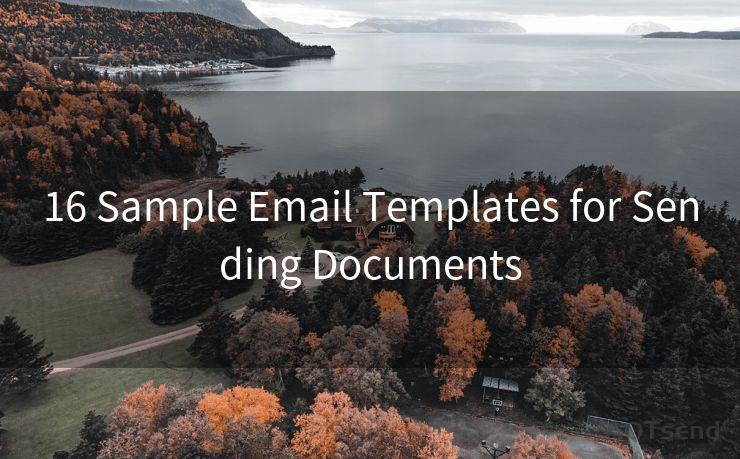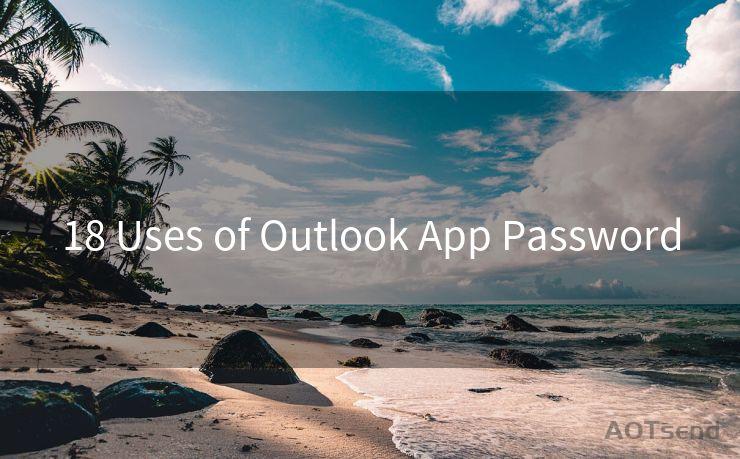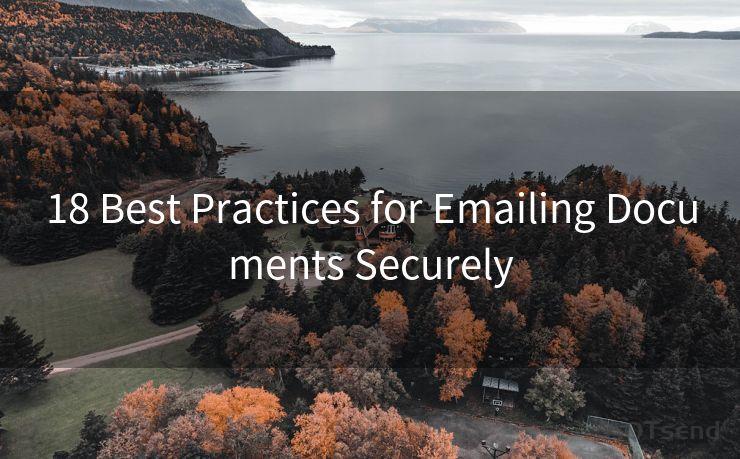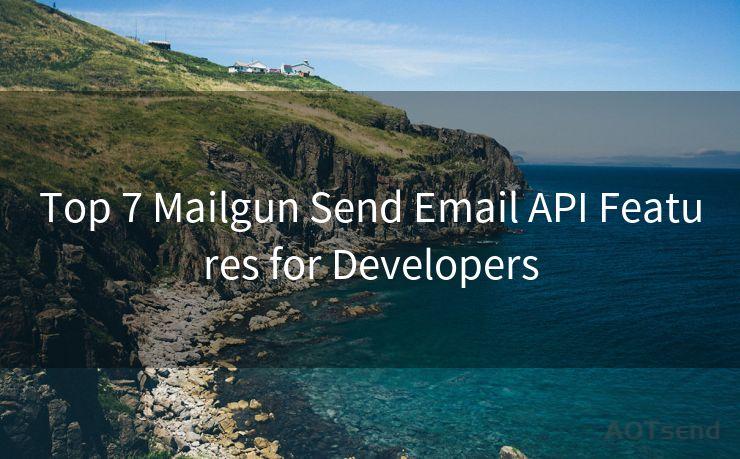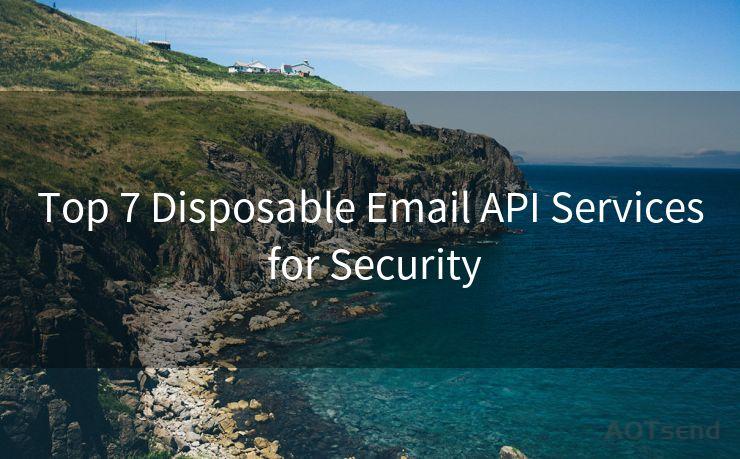16 2FA Zimbra Best Practices
Hello everyone, I’m Kent, the website admin. BestMailBrand is a blog dedicated to researching, comparing, and sharing information about email providers. Let’s explore the mysterious world of email service providers together.




Introduction
In today's digital age, security is paramount, and two-factor authentication (2FA) has become a crucial component of online security. Zimbra, as a popular email and collaboration platform, must also prioritize security. In this article, we'll explore 16 best practices for implementing 2FA in Zimbra to enhance the security of your communication and data.
1. Understanding 2FA
Two-factor authentication adds an extra layer of security to the traditional username and password combination. It requires users to provide an additional verification method, such as a one-time password (OTP), to access their accounts.
2. Enabling 2FA in Zimbra
The first step is to ensure that 2FA is enabled in your Zimbra instance. This can be done through the Zimbra Administration Console by navigating to the appropriate security settings.
3. Choosing the Right 2FA Method
There are various 2FA methods available, including OTPs via SMS, authenticator apps, or hardware tokens. Select the method that best suits your organization's needs and user preferences.
4. User Education and Training
It's essential to educate users on the importance of 2FA and how to use it effectively. Conduct regular training sessions to ensure everyone is familiar with the process.
5. Enforcing 2FA for All Users
Make 2FA mandatory for all users to ensure maximum security. This can be done by configuring Zimbra to require 2FA for login.
6. Backup and Recovery Options
Implement a robust backup and recovery plan for 2FA. This includes having backup codes or alternative verification methods in case users lose access to their primary 2FA method.
7. Regular Auditing and Monitoring
Conduct regular audits and monitor user activity to identify any suspicious or unauthorized access attempts. Zimbra provides various tools and logs to assist with this process.
8. Updating and Patching
Keep your Zimbra instance up to date with the latest security patches and updates. This helps protect against known vulnerabilities and exploits.
9. Secure Communication Protocols
Ensure that all communication between users and the Zimbra server is encrypted using secure protocols like HTTPS and SSL/TLS.
10. Strong Password Policies
Complement 2FA with strong password policies that require complex and unique passwords for each user account.

11. Multi-Factor Authentication
Consider implementing multi-factor authentication (MFA) for even higher security. MFA requires multiple verification methods, providing an additional layer of protection.
12. Physical Security
Don't forget about physical security. Ensure that your Zimbra servers are located in a secure environment with restricted access.
13. Regular Reviews and Updates
Regularly review your 2FA implementation and make necessary updates to adapt to evolving security threats and best practices.
14. Incident Response Plan
Develop an incident response plan that includes procedures for handling security breaches and unauthorized access attempts.
15. Compliance with Regulations
Ensure that your 2FA implementation complies with relevant industry regulations and standards, such as GDPR or PCI DSS.
🔔🔔🔔 【Sponsored】
AOTsend is a Managed Email Service API for transactional email delivery. 99% Delivery, 98% Inbox Rate.
Start for Free. Get Your Free Quotas. Pay As You Go. $0.28 per 1000 Emails.
You might be interested in:
Why did we start the AOTsend project, Brand Story?
What is a Managed Email API, How it Works?
Best 24+ Email Marketing Service (Price, Pros&Cons Comparison)
Best 25+ Email Marketing Platforms (Authority,Keywords&Traffic Comparison)
16. Leveraging Zimbra's Security Features
Take advantage of Zimbra's built-in security features, such as anti-spam and anti-virus filters, to further protect your email communication.
By following these best practices, you can significantly enhance the security of your Zimbra instance and protect sensitive data from unauthorized access. Implementing 2FA is a crucial step in securing your organization's communication and collaboration platform.




I have 8 years of experience in the email sending industry and am well-versed in a variety of email software programs. Thank you for reading my website. Please feel free to contact me for any business inquiries.
Scan the QR code to access on your mobile device.
Copyright notice: This article is published by AotSend. Reproduction requires attribution.
Article Link:https://www.bestmailbrand.com/post6549.html

